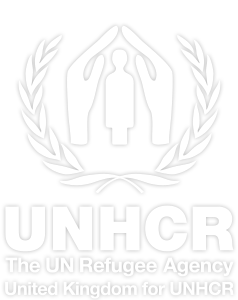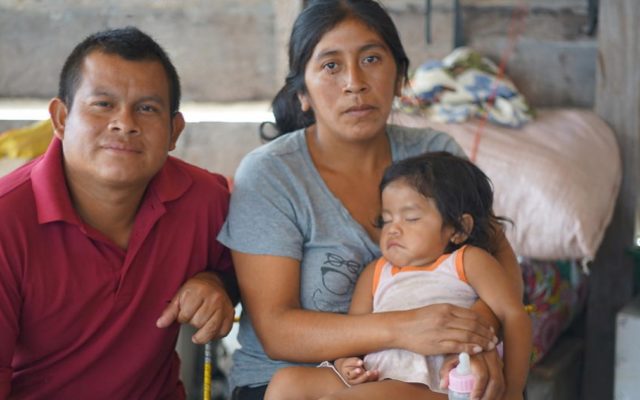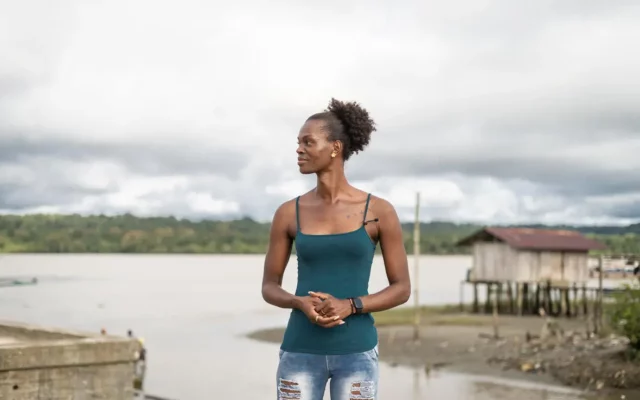UNHCR helps Indigenous Venezuelans to stay on their lands
18.09.23
A group of young people from the indigenous Pemón village of Paraitepuy, in the Gran Sabana region of southeastern Venezuela, prepare to perform traditional dances as part of a welcoming ceremony for visitors.
The cluster of cabins at the far end of San Francisco de Paraitepuy was once something of a Tower of Babel, abuzz with conversations in Spanish, Portuguese, French, Italian, and English, as well as the local Indigenous language, Pemón.
But now, the cabins stand empty, echoing only with the whistling of the wind.
The crisis in Venezuela led to a precipitous drop in tourism, and the remaining trickle of visitors largely dried up during the COVID-19 pandemic.
“Everything came to a stop, and people had to seek out other ways of meeting their basic needs,” said Florencio Ayuso, 53, the “capitán,” or chief of Paraitepuy, one of the dozens of Indigenous Pemón communities that dot the Gran Sabana.
Given the lack of remaining livelihood options in the region, which also has little in the way of infrastructure such as hospitals and high schools, villages across the Gran Sabana are shrinking. Their inhabitants are leaving to seek better lives in distant cities, abroad, or in the thousands of wildcat gold mines that are wreaking environmental havoc on this once-pristine landscape.
The threat of hunger is a major driver of displacement, according to “Capitana” Lisa Henrito, chief of the village of Maurak. Despite it being a large and relatively prosperous indigenous settlement in the Gran Sabana, she said that parents from Maurak often set out for the mines when they find themselves unable to feed their children.

Lisa Henrito, 49, the “capitana,” or chief of the Maurak Indigenous community, in Venezuela’s southeastern Gran Sabana region. © UNHCR/Nicolo Filippo Rosso
“Everyone is going to the mines,” said Lisa, 49, who is one of a substantial number of female chiefs among the Pemón. “Families are being destroyed because fathers go to the mines, fall in love with another woman, and forget their families. Women are going to the mines and leaving their children.”
Threatened traditions
And while it might sometimes provide a quick – if fleeting – fix to acute poverty, mining is also a dangerous occupation. The collapse of wildcat mines is a common occurrence, and mining communities are rife with dengue and sexually transmitted infections, as well as alcoholism, violence, and drug abuse.
Mining also poses a major threat to ancestral ways of life. Mercury from the mines poisons waterways, robbing Pemón communities of both fish and drinking water and imperilling the small-scale subsistence farms, or “conucos”, that have been the backbone of Indigenous livelihoods going back centuries. It is also compromising tourism, one of the region’s only other economic motors.









